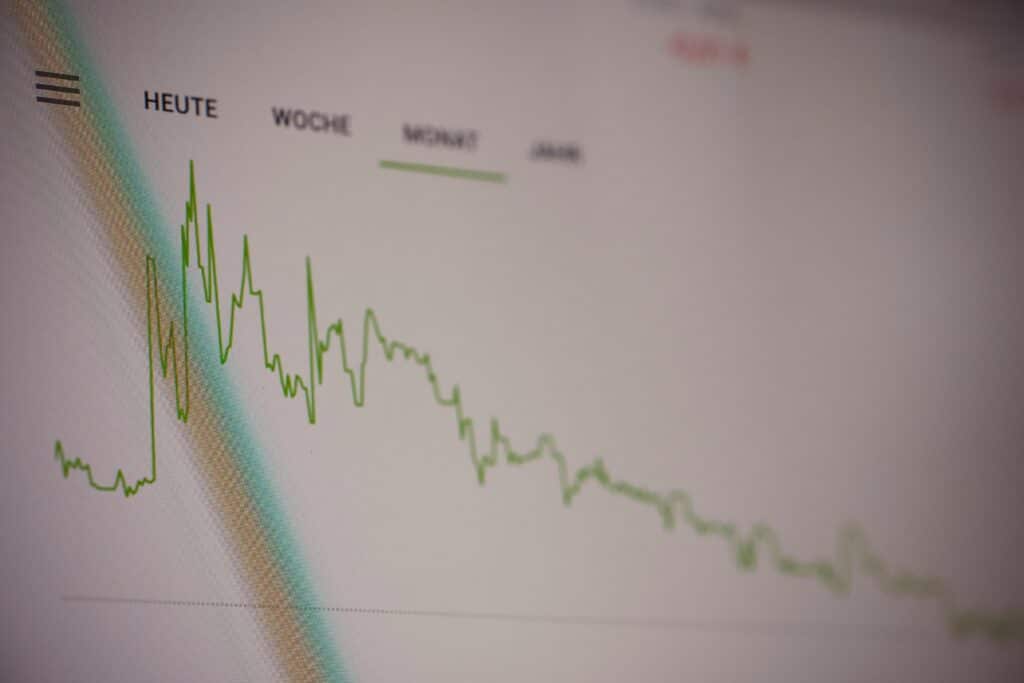Back in 1972, Yale Hirsch of the Stock Trader’s Almanac proposed the existence of the Santa Rally – and it’s been a constant source of eggnog-fueled debate for decades.
The Santa Rally refers to the general tendency of the U.S. equity markets to post gains in trading days between Christmas and the first two days after New Year’s, but has recently been extended to include the entire month of December.
The Stock Trader’s Almanac found that since 1950, the average movement in the S&P 500 Index during this period of seven trading days has been a gain of approximately 1.4%.
But is the Santa Rally really because it happens to fall in the month of December – which has historically been one of the best months for the equity markets? Let’s examine.
The December Effect
Since 1950, we have had 71 of Decembers. Did you know that since 1950, 54 of those months brought positive gains for investors while 18 produced negative returns?
Further, the S&P 500 has gained an average of 1.6% during December, the highest average of any month and more than double the 0.7% gain of all months, according to data from Morningstar (September, is the worst month of average for stocks, with a 0.7% average decline).
Santa or the Grinch This Year?
As we start December 2022, we have plenty of reasons to remain hopeful and plenty of reasons to remain cautious:
-
- Hopeful because the DJIA entered bull market territory on the 2nd day of December, as it has advanced 20% off of its low from September and is only 5% off of its all-time high.
-
- Cautious because all the major U.S. equity indices remain down significantly YTD, with the S&P 500, NASDAQ and Russell 2000 down double-digits.
If you’re prone to feeling like Santa, remember that:
-
- The last three Decembers ended well, with gains of 2.9%, 3.7% and 4.4%.
But if you’re prone to feeling like the Grinch, make sure you review poor-performance-Decembers through a historical lens:
-
- For the month of December in 1931, stocks were hammered and the S&P 500 suffered losses of 14.5% (note that the S&P 500 first came to be in 1950, but it was back-tested through 1928)
The January Effect Will Help, Right?
Oh, and in case you’re thinking that a “January Effect” is more important than the December Effect, did you know that:
-
- Since 1950, we have seen 43 positive Januarys and 29 negative ones, with an average return of 0.80%?
In other words, December has historically been a better month when compared to January.
Regardless, as we conclude 2022, all eyes remain on central banks around the world, particularly the Federal Reserve, to try and determine how long this period of interest rate hikes may persist. As we’ve experienced throughout the year, any hint of the Federal Reserve slowing the pace of hikes or pivoting (i.e. they stop raising or even cut interest rates) may be the catalyst for the next leg up in the market. But we cannot discount the headwinds that remain, most notably the speculation by many economists of a recession sometime in 2023, as well as the continued negative global economic impact of the Russia-Ukraine war and Chinese zero-covid policy.


